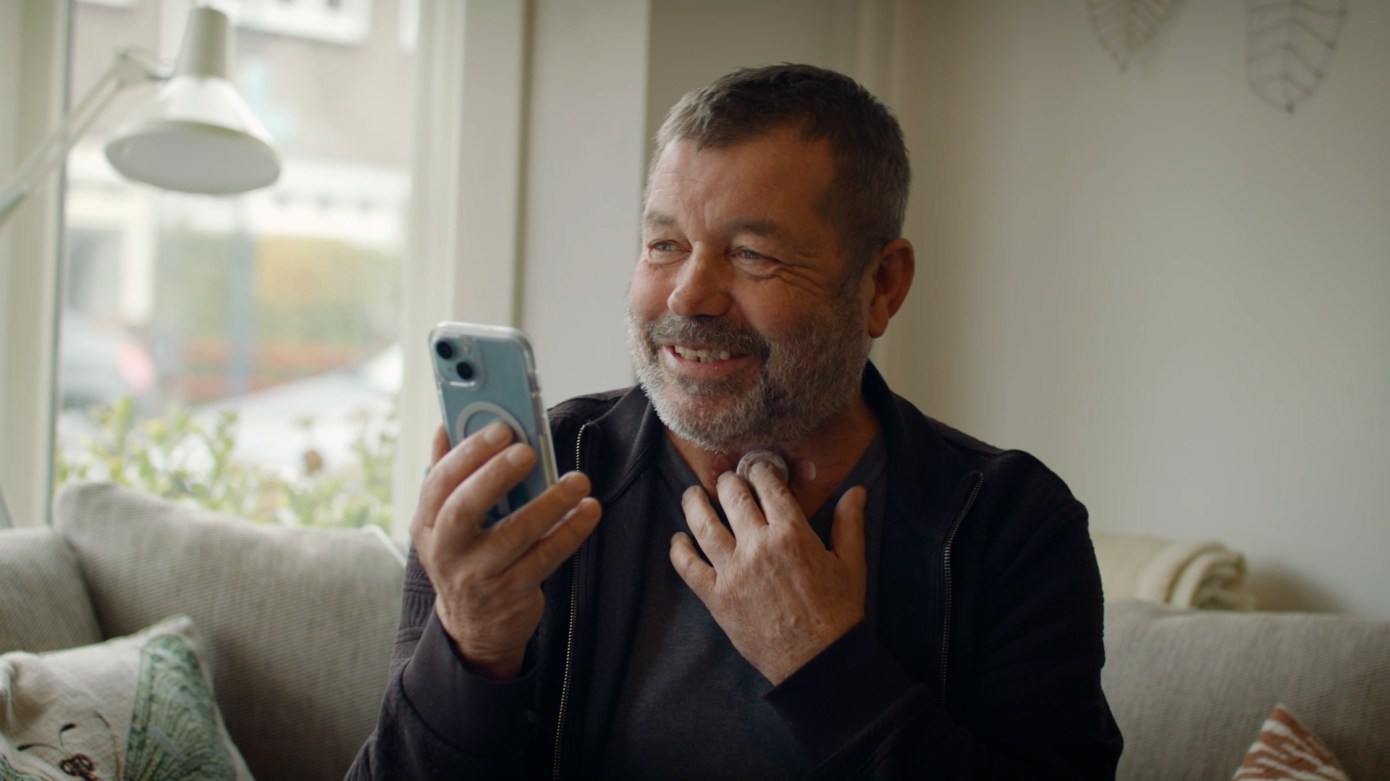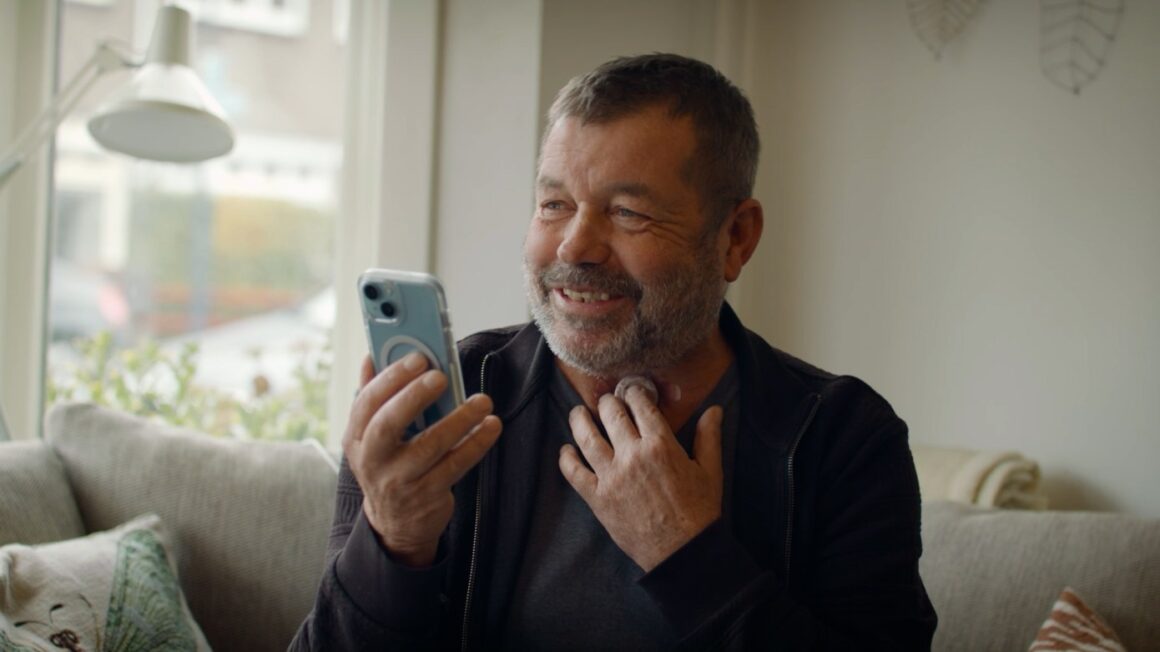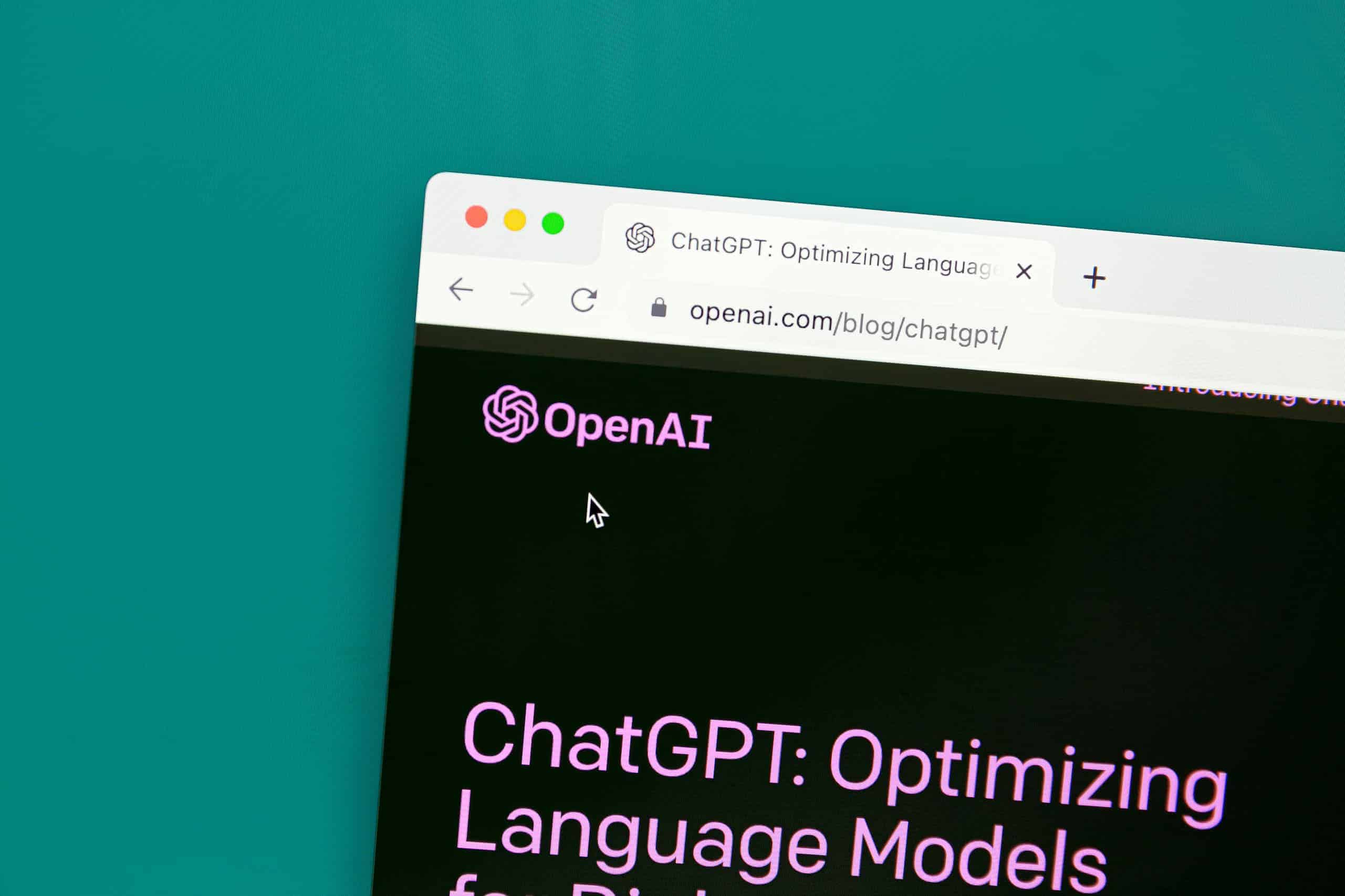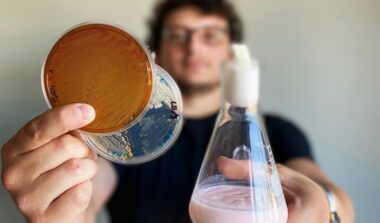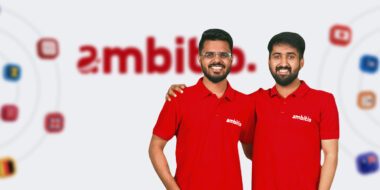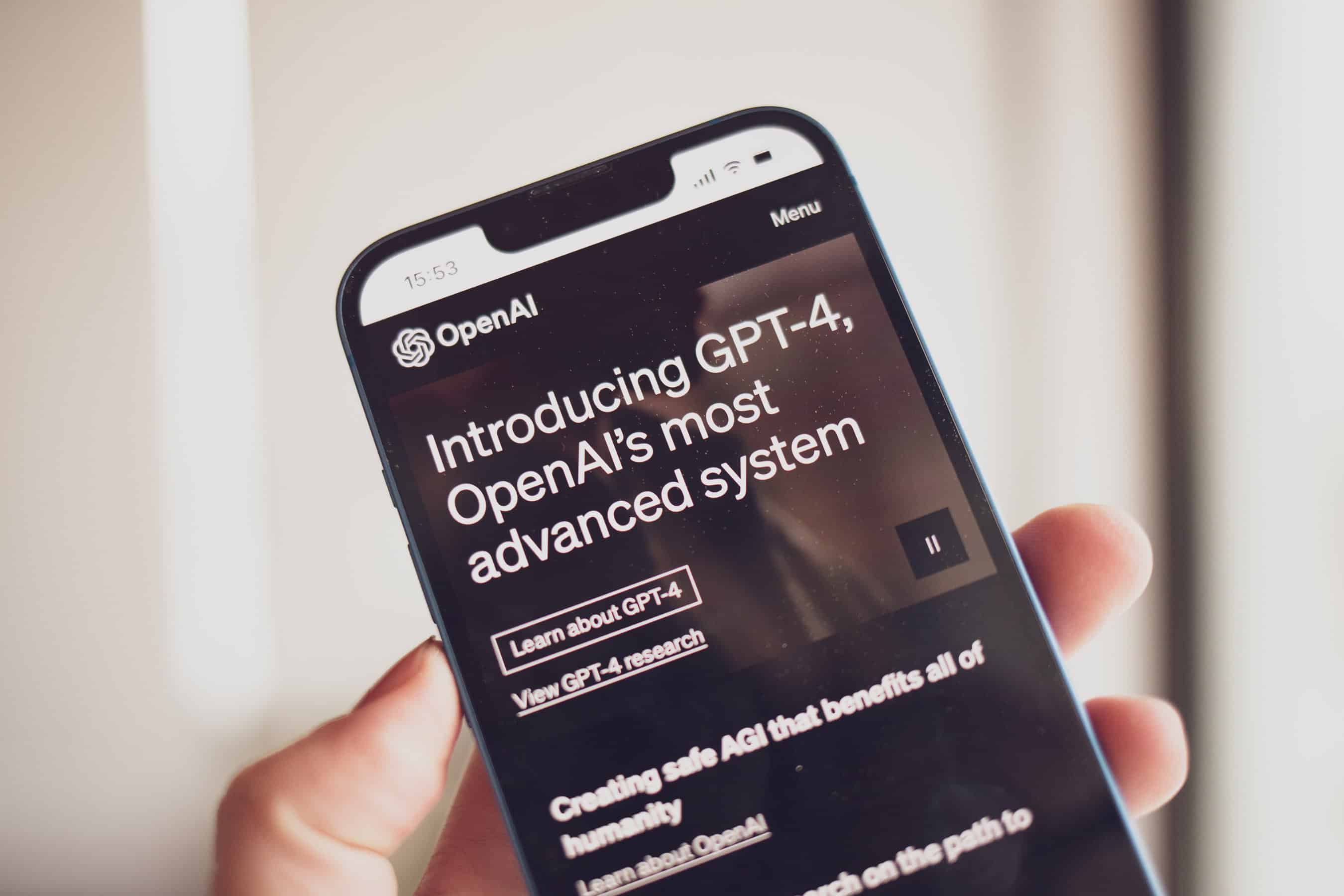Whispp, a pioneering company in assistive speech technology, debuted its latest AI-driven phone-calling feature at CES 2024. This breakthrough app transforms whispered or vocal cord-impaired speech into the user’s natural voice in real time, addressing a significant need for individuals with voice disabilities and speech disorders.
The app’s uniqueness lies in its use of AI to instantaneously convert voiceless speech into natural, voiced speech, an advancement over traditional voice conversion technologies. Whispp’s app is designed to be language-independent, scalable, and offers a personalized touch by allowing users to recreate their unique voice from past healthy voice recordings.
Joris Castermans, co-founder and CEO of Whispp, who himself has a stutter, highlights the profound impact of voice disabilities on personal well-being. His own experiences led to the discovery that whispering significantly reduces stuttering. This insight is backed by research indicating that whispering can reduce stuttering frequency by an average of 85% in severe cases. The technology also proves effective for conditions like spasmodic dysphonia, where whispering facilitates more relaxed and fluent speech.
Whispp’s app stands out for its real-time speech conversion, eliminating the latency and uneven flow common in conventional speech-to-text methods. This allows for natural and seamless communication, even in noisy environments.
CTO Akash Raj shared at CES that after five years of development, Whispp’s app, available on iOS and Android, marks a significant milestone. The app operates on a subscription model, currently offering a 50% early-bird discount at $9.99 per month. In 2023, the platform introduced asynchronous message texts, further enhancing communication flexibility. With these latest features, Whispp broadens its support for a diverse range of speech disorders and conditions.
Whispp’s innovation at CES 2024 not only showcases a significant technological advancement but also represents a beacon of hope for those with speech disorders, offering them a chance to communicate in their own voice. The app exemplifies the transformative potential of technology in addressing real human challenges and improving quality of life.
